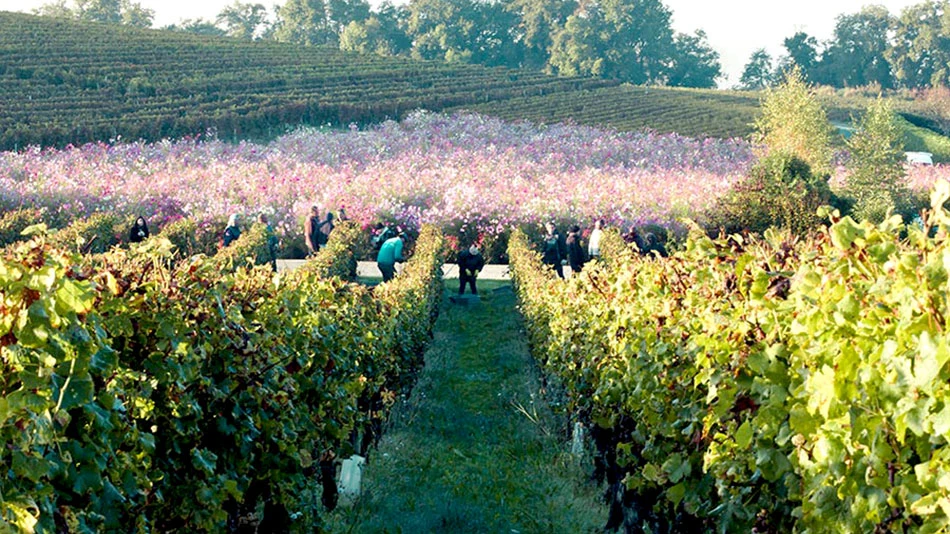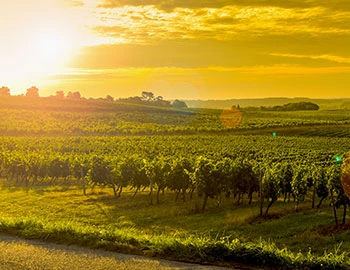Premières Côtes de Bordeaux
Premières Côtes de Bordeaux: Upswing in the province
Even far from the classified crus, Bordeaux today has more to offer than ever before in its history. The nobly composed Premières Côtes de Bordeaux appellation sits on the right bank of the Garonne River, almost across from its counterpart, the better-known Graves AOC. Recent vintages, however, have demonstrated that the Premières Côtes deserve greater attention as well. Along with classic red cuvées, white Moelleux wines with high residual sugar are produced in the area.
Sweet wines from Premières Côtes de Bordeaux
The Premières Côtes de Bordeaux appellation comprises around 3,700 hectares on the right bank of the Garonne. The northern vineyards are located almost on the outskirts of the city of Bordeaux, winding southward in a band along the river to the lively provincial town of Langon. Wines were once shipped from here, and the harbour still exists today. Now, however, it ships components for the Airbus A380 to Toulouse.
The best sites in the designation of origin are on the slopes over the river, from which there are some fantastic views of Graves on the opposite side. Here, there are soil compositions of gravel and limestone that are typical of Bordeaux. The farther the vineyards are from the river, the higher the clay content of the soil. In the immediate vicinity of the river, however, alluvial soils prevail, from which excellent red wines are increasingly produced. Wines with an alcohol content of at least 11.5 percent by volume (which almost all growths today reach) may also list the name of the village in which the grapes were grown on the label, next to the appellation.
Specialty: Moelleux white wines
The Romans began viticulture on the right bank of the Garonne. By the 18th century, wines from here were exported as far as the Antilles and America. Phylloxera put an end to the boom. Today, the region is once again in demand as a supplier of colour-intensive and powerful Bordeaux assemblages at moderate prices, in which Cabernet Sauvignon generally sets the tone.
A particular specialty of the region is the various sweet Moelleux wines. In the late 70s, these expressive, sweet wines were produced on almost half of vineyards. Today, around 500 hectares are still planted with white varieties. The typical assemblage of these Moelleux-Blanc growths consists of around 70 percent Sémillon, supplemented with a few percent Muscadelle. The residual sugar content of these wines is around 34 grams per litre. They are perfect wines for foie gras or light desserts.





